Valuable traits that Angus breeders should select for in 2023.
A Change in Focus
The ‘perfect' bull or female is a constantly moving target. Historically we have seen large swings in trait selection across decades, from short (low-line) cattle to animals with the stature of a mature dairy cow. These breeding selections were a side-effect of producers attempting to follow the needs of the industry.
In the last decade, there has been a general move away from extremes in either direction and a focus on more 'balanced' animals. Current consumer and supply chain pressures point towards genetically uniform cattle with greater marbling, faster growth, and lower inputs. Breeders like ourselves are interested in improving upon the existing high standards of the Angus breed by combining these vital traits into a single breeding program.
Looking to the future, the Angus breeders who will be most successful in the coming years will be those who can identify and consistently produce animals that excel in the following areas:
Carcass traits
Adaptability
Input efficiency
BONUS: Fertility
Our Favorite Traits
Carcass traits: The U.S. cattle industry is still very much defined by its reliance on the boxed beef trade. Carcass merit will always be a key driver of value for Angus breeders. At the end of the day, your product must be attractive to the consumer, and the primary driver is their eating experience. If the consumer is interested in purchasing your product, the packer will offer a premium for your animals.
Here is where it can get muddy, though. What combination of carcass traits will deliver the greatest return? Our take: the greater the marbling of your animal, the greater the carcass quality will be, and the greater the carcass value. The cattle industry needs to be breeding for cattle with high intramuscular fat (IMF) deposition, but we cannot sacrifice all other traits in the name of meat quality. Your cattle should still be able to perform well in various conditions, leading us to our next trait.
Adaptability: The Angus breed has a storied history of adapting to a wide range of environments, from Scotland to the American Mid-West to the Hawaiian islands. As our buyer market has extended across the United States, we have become increasingly aware of how varied and challenging the terrain of different ranches can be. It is vital that cattle are capable of traversing large ranges to get food and water, especially as the cost of feed continues to rise and droughts continue to impact forage availability.
Cattle with good feet and legs are going to be extremely valuable in the coming years. Breeding for foot scores can limit injuries and excessive wear and tear on joints, boosting the longevity of your herd, and increasing the number of productive years of your dams. Additionally, animals expend less energy trekking across range ground when they have a better skeletal structure. This means less feed is required to keep productive cattle. However, this is not the only way to decrease inputs.
Input efficiency: Cattle that can maintain good body condition despite a lower plane of nutrition are not only cheaper to feed out but are also more productive on sparse land. The cost of inputs, especially feed, has been on the rise and will continue to be when droughts and world events occur. The input costs in recent years have led to a renewed interest in efficient cattle; those that can grow and reproduce on limited forages.
The primary breeding trait we select for to improve input efficiency is residual average daily gain, which in a basic sense, is a measure of how efficiently an animal can convert its feed into body weight. The improved feed efficiency of an animal means that it will cost less to produce a pound of beef, or alternatively, the fleshier your cattle will stay on arid range ground. Either way you look at it, this trait will make your operation more profitable.
Fertility: This is the ‘bonus’ trait that we believe will become increasingly important in Angus breeding programs. The ability to breed earlier with fewer attempts is a valuable trait for any herd. Cattle that breed sooner, have a better AFC (age of first calving). And cattle that have a better AFC, bring greater value to an operation. How, you ask?
The sooner a female calves, the sooner a return on investment is realized. The investment includes: feed, facilities, labor, semen/bulls, drugs, etc. Fewer inputs went towards a calves' breeding and development when born to a younger female, decreasing inputs for the calf. Early breeding females also have a lower calving interval, the time between the birth of calf one and calf two, which is a key component of a profitable cattle operation.
Unfortunately, the AFC data point is not yet available within the Angus EDPs. So, for the time being, we suggest you watch the heifer pregnancy EPD. This value shows you the number of daughters from a bull that became pregnant as a one-year-old. Although not as specific an age, it is still useful to pick females that became pregnant earlier.
Next Steps
Ready for the next step? Set up a free consultation with one of our staff members to go over your herd and what traits you should focus on in 2023: https://form.typeform.com/to/IwftuFVN


